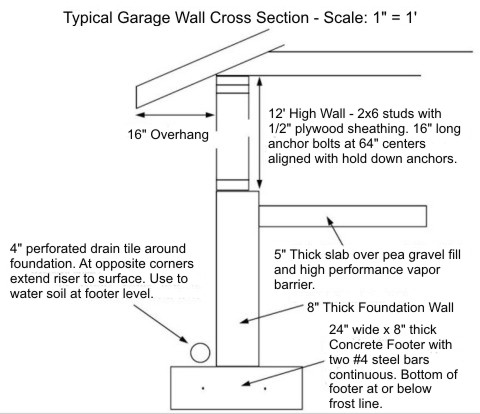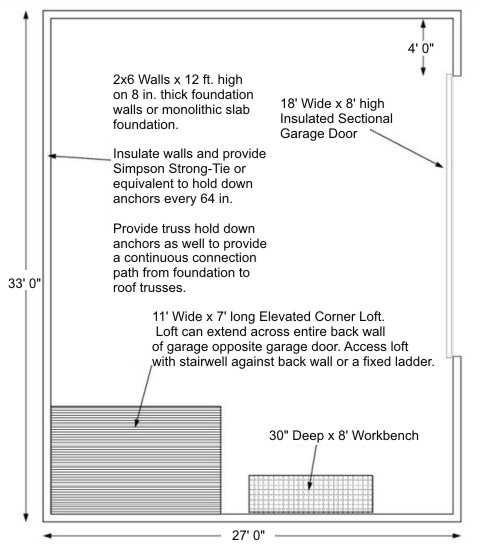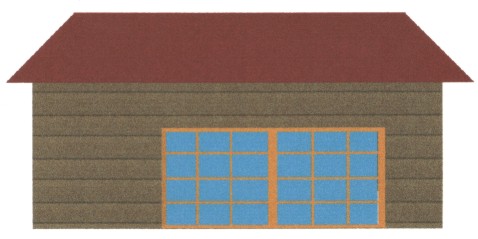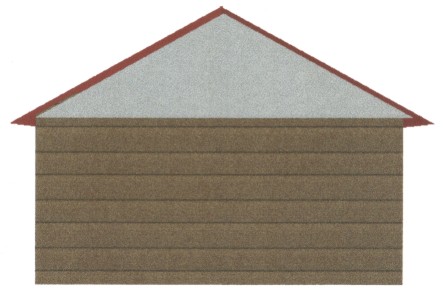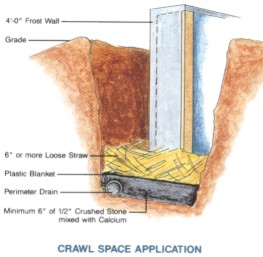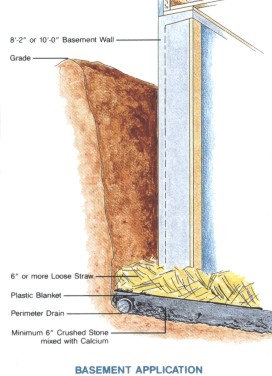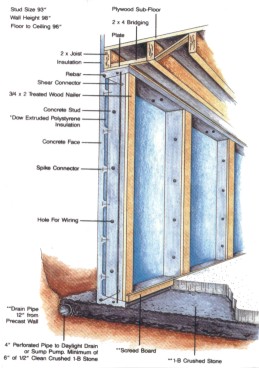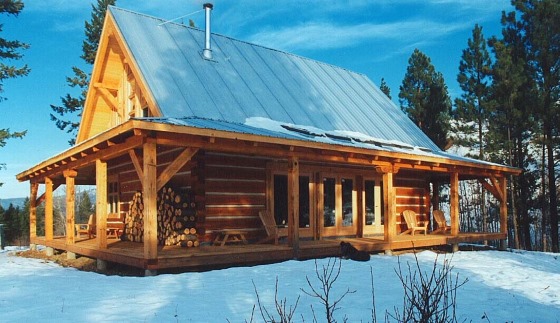Y2K Prepare Immediately!
Chicken Little is possibly basking in all his glory right now. Well sort of. Remember the fable where he runs around saying the sky is falling? To a degree, certain sensationalists are doing the same thing right now. Yes, there are computers that have a programming flaw. Yes, certain basic and other business systems rely on these computers. But what happens each time we have a power outage? In many instances, people still work but they do the best they can without computers. We are all going to do the same thing this coming January.
Think Positive
I know several people who always have a negative outlook. Things are always bad. Their lives are miserable because they get dumped on or whatever. Well, I say get out of the way! In other words, begin to think positive and take pro-active steps to become less reliant on other people and systems. I am not saying to become a mountain man like the character Robert Redford played in the 1970's movie Jeremiah Johnson, but I am asking you to start modifying your lifestyle so that you can fend for yourself for a period of days or weeks without much interaction with the outside word.
Need to Work?
If you must report to work on January 2nd or 3rd, then you better figure out a way to get there if the gas stations are closed or the subway has no juice. Can you walk to work? Do you have comfortable shoes? Is it possible to bicycle to work? If so, buy a bike and start to ride now. You might get some well needed exercise!
A Decent Book
Would you like to learn more about preparing for a possible Y2K crisis? If so, the folks at Chelsea Green have a good book that helps you think about options you have in getting ready. The title of the book is: Y2K & Y-O-U. It is authored by Dermot McGuigan and Beverly Jacobson. You can call Chelsea Green to order the book at 800-639-4099. It is also possible to get the book from their website:
www.chelseagreen.com
Don't Panic
Do I really think there are going to be serious problems? Not really. Are there going to be problems? Yes, and I feel they will be regional in nature. You will get into problems if you panic and start to act without thinking.
Think now about what you really need to survive for a week or ten days. Do you have a relative who lives in Florida or Southern California where the weather will be nice this coming winter? In other words, plan now if there is a big problem in your area and you need to get someplace where there is little need for heat and lots of fresh water around.
Ask your boss what might happen if things go down the tubes. Will your business close? Do you need to start saving money now in case you are laid off? Ask questions now, not on January 2, 2000.
Sanitation
What happens if we all loose our water supplies? If you think you are going to be able to stockpile enough water to flush toilets, and take showers, you are dreaming. An average family uses hundreds of gallons of water each day in normal conditions. You are going to have to alter your lifestyle drastically.
You can use a toilet and flush it once a day, but that can become rather offensive rather quickly. To flush a toilet without water in the tank all you need to do is to pour 3 or 4 gallons of water into the bowl rather quickly. Be careful not to splash!
Anti-Freeze
To protect standing water in plumbing traps should the temperature drop in your home, use recreational vehicle anti-freeze or other non-poisonous anti-freeze. Avoid automotive anti-freeze as it is poisonous. It is also illegal to dump it into public sewer systems in many areas.
Do NOT use anti-freeze if you have a septic system! ! ! Pour salt water into the traps as salt water has a lower freezing point. If you goof up your septic system, you are toast.
The Y2K Prepare Immediately Checklist
I have tried to develop a Y2K checklist that will help protect you, your loved ones, and your property while minimizing an outlay of money. Many lists I have seen seem extreme to me and certain things that are recommended might go to waste if the crisis turns out to be a dud. Here is what I am going to do for my family:
- Flashlights - I already own 3 very good aluminum "Mag-Light" flashlights. I intend to purchase 3 more. I have found that these flashlights rarely break and they come with great bulbs. Purchase extra bulbs while you are at it.
- Radio / CD Players - The transmitting equipment at the radio station I do my call in show each week WILL work after midnight January 1, 2000. We have our own power supply in the event that we do lose electricity. The point is I am quite sure other radio stations will be broadcasting as well. Buy a small - high quality transistor radio so you can tune into disaster information if there is a crisis.
- Batteries - Buy at least 5 changes of batteries for every device that needs them. Get good ones and store them in a cool place until they are needed.
- Generators? ? - Are you thinking about a portable generator? If so, you need a huge one to really provide the power you are used to consuming. Big generators and the necessary transfer switching components are very expensive ($3,000 and up) and need to be installed by an electrician. Small generators can only power a few light bulbs, maybe a TV, etc. at the same time. They absolutely will not power any 240 volt equipment, a heat pump, etc. Don't be fooled by salespeople. READ my past column and Builder Bulletin on my website about Portable Generators!
- Added Insulation - This is a winner suggestion. Any insulation you add will help you to stay warm when it is cold and cool while it is hot. It will work if we have a crisis and long after a crisis.
- Canned Food - I would start to look at food that requires no refrigeration. Get a variety of fruits, vegetables, soups, etc. that appeal to all who need to eat.
- Clean the Chimney - If you decide to heat with wood, then you need to make sure your chimney is in excellent condition. Have it inspected pronto! Consider purchasing a fire extinguisher or two or begin to develop a plan to have water nearby so that you can douse a small out-of-control fire in a hurry.
- Combustion Air - If you are going to burn wood in the house, then you need to provide a source of combustion air directly to the fireplace or appliance that is burning the fuel.
- Gasoline - Do NOT stockpile gasoline for your car. Many cities and towns have strict laws about how much gasoline is allowed on residential property. Simply keep your gas tank filled to the brim during the month of December.
- Thrift Clothing - Begin to visit thrift stores or garage sales and buy extra clothes that will work if you do lose power. Look around for sleeping bags and blankets.
- Stockpile Wood - If you plan to burn wood for heat, then start to get it. Hardwoods produce more heat per cord than softwoods. Cover the woodpile on top, but not the sides. Stack the wood so plenty of air can get to it. Keep it somewhat close to your back or side door so you can get it easily.
- Grilling Out - Plan to cook on a grill, but NOT indoors! Stockpile some charcoal now during the late summer months. NEVER burn charcoal inside as it produces vast amounts of carbon monoxide.
- CO & Smoke Detectors! - If you are going to burn things in your house, get several CO & smoke detectors & batteries.
- Water ! ! - This is a big one. Save each and every one gallon milk jug from now on, rinse them well, fill them with water and added 3 or 4 drops of chlorine bleach. If you need to use it, pour the water into a bowl 24 hours before it is needed and the chlorine will leave the water making it taste just fine. Stockpile hundreds of gallons of water. If there is a crisis, trust me, you will go through it!
- Financial Information - Start to save ALL bank statements, credit card bills, other statements, etc. so that you can create a paper history of your financial transactions over the next 3 months. If computers get into a funk, you can PROVE that you paid a bill or made that house payment.
- Flood Prevention - If you have a sump pump that protects a part of your house from flooding, then move any and all valuable possessions to a place where water can't harm them.
- Sentimental - Valuables - Consider buying a fireproof home safe to store things that mean a lot to you. If there is a fire, there may be no water or phone service to call firefighters. This safe will work just as good AFTER the crisis!
- Face and Body Wipes - Buy some Wet Ones or Baby Wipes to wash your face and hands. These things will help conserve water.
- Exercise! - If there is a crisis, you may have to walk to places and do lots of work to keep alive. Get in shape now as there are only 17 weeks left!
- Reduce Frozen Food Inventory - If you have a freezer, start to use up the stuff in it. If we lose power, this food will be "toast".
- Books and Games - Get plenty of stuff to keep you and everyone else busy or else you will be at each other's throats!
- Medication - If you need medication, talk with your pharmacist now to see how easy it is going to be to get drugs. Don't buy ahead as some drugs have short shelf lives and you may WASTE your money!
- Caulk and Weatherstrip - Air leaks will rob your home of heat. Caulk gaps around window and door trim, check all weather stripping, etc. This will save you money even if things go well.
- Shared Resources - Talk with friends and neighbors and see if you can share supplies and resources. Create a co-op system that is fair and not too complicated.
- Wine, Champagne - Party Supplies - What happens if there is no Y2K crisis or it is a huge dud? Let's celebrate as it could have been a big deal. If it is a big deal, then celebrate when things are back to normal!
Column B282
